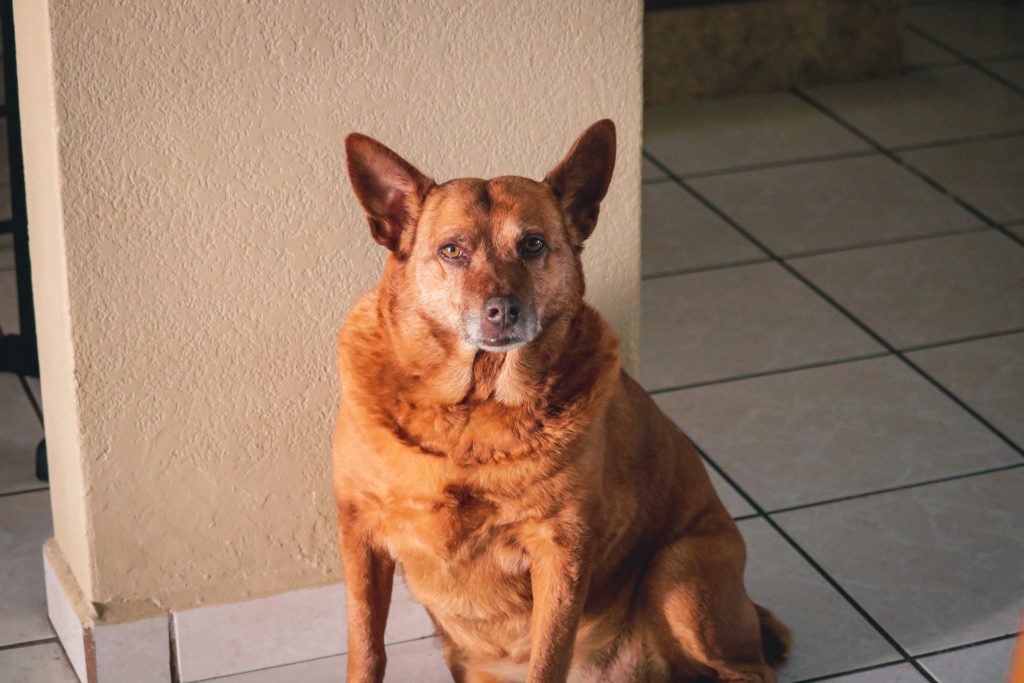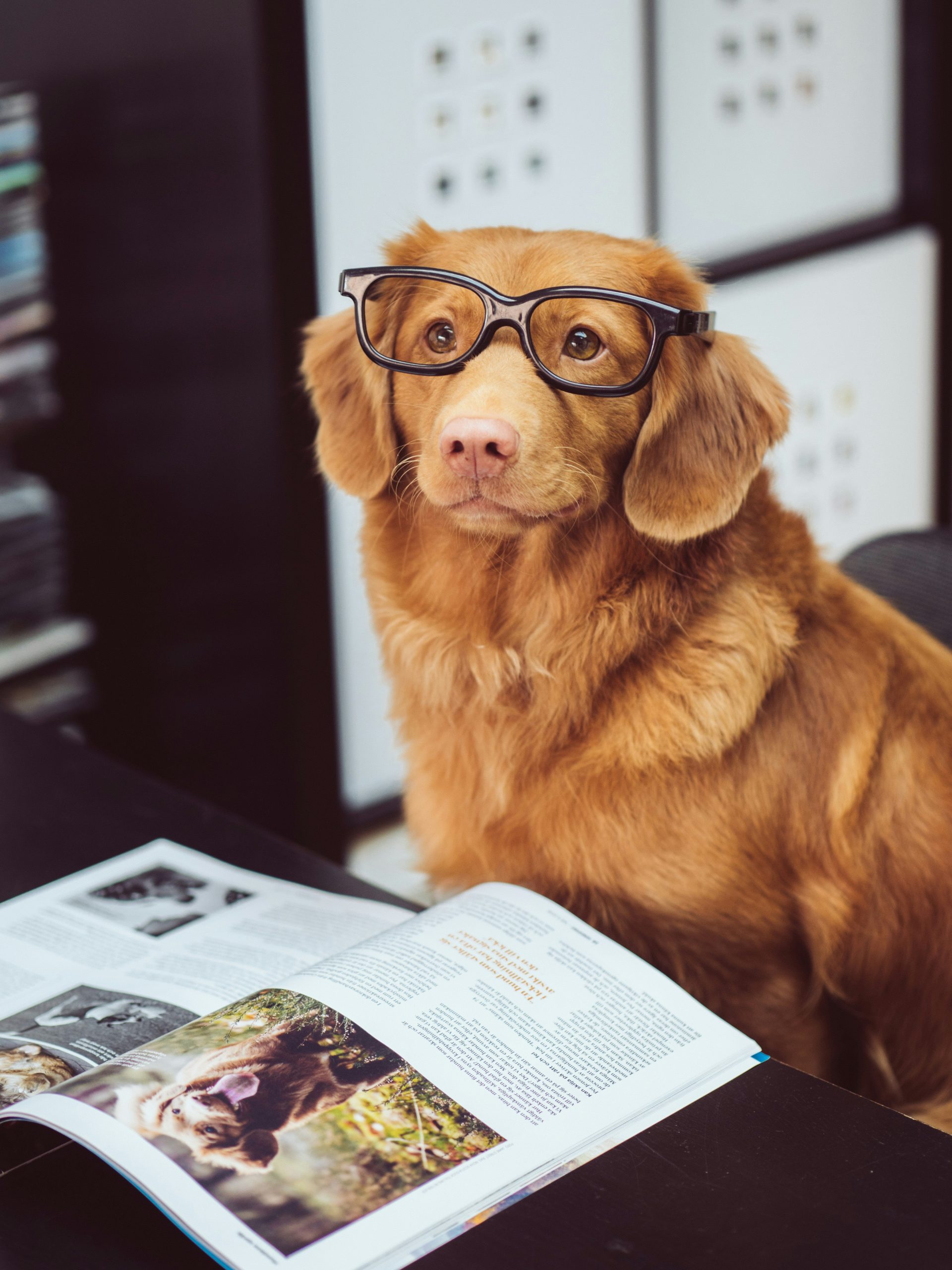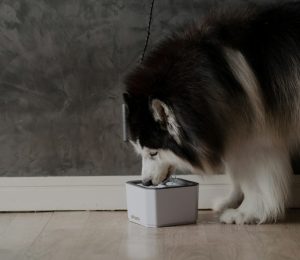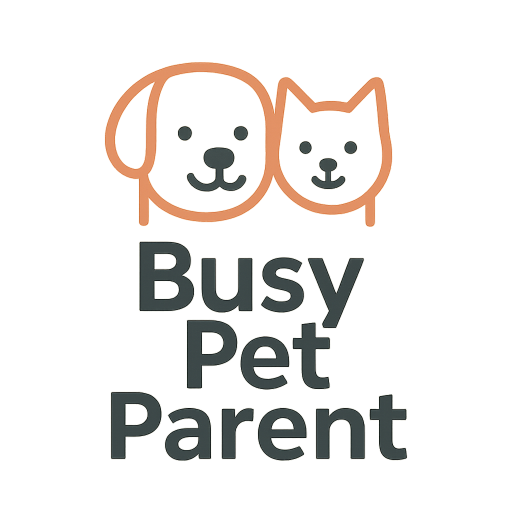
15 Smart Ways to Help Overweight Dogs Lose Weight in Small Apartments
Managing your dog’s weight is one of the most important things you can do to improve their health and quality of life. But when you're living in an apartment—especially one without a yard—it can feel almost impossible to give your pup the exercise and structure they need. The good news? You can absolutely help overweight dogs lose weight, even in the smallest of spaces.
Obesity in dogs is more common than most people realize. According to VCA Hospitals, even a few extra pounds can increase the risk of joint pain, heart issues, and diabetes. And many of the usual weight loss tips—like long walks or outdoor fetch—just don’t work when you’re short on space, time, or weather.
That’s why we’ve put together this list of smart, practical tips designed specifically for apartment-dwelling pet parents. These aren’t generic ideas—they’re low-space, high-impact strategies for real results. Whether your dog is a couch potato or just needs to lose a few pounds, these tips will help them get fit, stay motivated, and feel their best—without leaving the building.
1. Start With a Vet-Approved Weight Loss Plan
Before making any changes to your dog’s diet or exercise routine, talk to your veterinarian. Overweight dogs often have underlying medical issues—like hypothyroidism or joint pain—that can affect how they gain or lose weight. A proper diagnosis ensures you’re not guessing or pushing too hard too soon.
Your vet can help you determine a healthy target weight, calculate calorie needs, and recommend a safe timeline for weight loss. They may also suggest switching to a prescription weight management diet. Learn more about the risks of excess weight and the importance of a clinical plan from PetMD’s overview of dog obesity.
2. Measure Every Meal (Don’t Guess)
Overfeeding is one of the most common causes of dog obesity—and it usually happens by accident. Using a scoop “about the size of a cup” or just eyeballing portions often leads to excess calories. Instead, use a digital kitchen scale to measure your dog’s food to the exact gram based on your vet’s guidance.
Consistency is key. Even 50 extra calories a day can lead to significant weight gain over time. Use a feeding chart, log meals in a journal, and resist the urge to toss extra treats into the bowl. This one change can make a huge difference in just a few weeks.
3. Cut Out All Table Scraps (Yes, All)
It might feel harmless to sneak your pup a bit of toast crust or chicken from your dinner plate—but these little extras add up fast. Table scraps are often high in fat, salt, and calories, and they can completely throw off your dog’s daily intake without you realizing it.
If you want to share food, choose healthy low-calorie snacks like green beans or small apple slices—and count them as part of their total daily allowance. Better yet, stick to dog-specific treats so you can manage portion control. It’s not about being strict—it’s about being mindful.
4. Break Meals Into Smaller Portions
Instead of feeding your dog once or twice a day, try splitting their food into three or four smaller meals spaced throughout the day. This helps prevent hunger spikes, supports stable blood sugar, and can improve digestion—especially for dogs prone to begging or overeating.
Feeding more frequently (without increasing total calories) also gives you multiple opportunities to reinforce calm behavior and structure during mealtime. Just be sure to divide the daily portion accurately so you don’t accidentally overfeed.
5. Use Food Puzzle Toys at Mealtime
One of the best ways to help overweight dogs lose weight in an apartment is to make them work (just a little) for their food. Puzzle feeders, treat balls, and slow-bowls force your dog to eat more slowly and move around during meals—burning calories while also providing mental stimulation.
These tools are ideal for small spaces. You can find everything from beginner Kongs to advanced snuffle mats that take 15–20 minutes to finish. Bonus: they help prevent boredom and reduce problem behaviors like begging or barking.
6. Limit High-Calorie Treats to Training Only
It’s easy to forget how quickly dog treats add up—especially when they’re used casually throughout the day. Instead of handing out snacks “just because,” reserve higher-value treats for training sessions where they serve a clear purpose and are doled out in small, controlled amounts.
Look for low-calorie options or break larger treats into tiny training bites. You can even use part of your dog’s regular kibble as a reward during simple commands or enrichment games. This helps reinforce positive behavior while staying within your dog’s daily calorie limit.
7. Establish a Daily Indoor Movement Routine
Just because you don’t have a backyard doesn’t mean your dog can’t stay active. Create a simple apartment-friendly fitness routine that includes stair walking (if safe), hallway fetch, tug-of-war, or follow-the-leader exercises around furniture. Even 10–15 minutes twice a day can spark real results over time.
Structure is everything. Set a consistent “play block” in the morning or evening and keep it short, positive, and repeatable. The goal isn’t exhaustion—it’s consistency. Overweight dogs benefit more from multiple short sessions than occasional long bursts of activity.
8. Use Indoor Games to Burn Calories
Games aren’t just fun—they’re a sneaky way to get your dog moving. Use simple, low-impact options like hide-and-seek with treats, obstacle course challenges, or gentle fetch with soft toys to keep your dog active without overexertion.
These games are perfect for dogs with limited mobility or those just starting a weight loss journey. For a full list of ideas, check out our post on indoor games for apartment dogs. Pick one or two to rotate daily and build momentum through play.
9. Track Progress Weekly (Not Daily)
Weight loss takes time—and checking the scale every day can cause more stress than clarity. Instead, track your dog’s progress weekly using the same scale, at the same time of day, ideally before meals. Pair this with photos and a body condition score chart to see real trends over time.
Keep a simple log of weight, measurements (like chest girth or waist), and notes on appetite or energy. If you notice a plateau for more than 2–3 weeks, revisit your calorie intake and activity level. Slow and steady wins the race when it comes to dog weight loss.
10. Create a Weight-Loss-Friendly Feeding Station
Where and how your dog eats matters. Avoid feeding your dog in high-distraction or stressful spots like near entryways or loud appliances. Instead, create a calm, low-traffic area that reinforces structure and focus around mealtimes—especially helpful for dogs who rush or beg for food.
Keep treats, measuring cups, and food storage neatly contained to avoid free feeding or accidental over-pouring. You can even add a non-slip mat or puzzle bowl to encourage slower eating and reduce bloating. Small adjustments to the feeding area can reinforce your overall plan without much effort.
11. Replace Elevator Rides With Stair Sessions (If Safe)
If your apartment building has stairs and your dog’s joints are healthy, consider skipping the elevator a few times a day. Short stair walks offer low-impact cardiovascular exercise and help strengthen back leg muscles—especially important for dogs with early weight-related mobility issues.
Always start small. Begin with 1–2 flights at a time and gradually increase based on your dog’s energy and comfort. If stairs aren’t an option, try walking slow laps in a long hallway or common area instead. Even two minutes of movement per hour adds up by the end of the day.
12. Keep Water Available and Encourage Drinking
Hydration plays an underrated role in canine weight loss. Water helps with digestion, reduces unnecessary food-seeking behavior, and can even curb false hunger cues. Make sure your dog has access to fresh water at all times, and refill the bowl at least twice daily to keep it appealing.
Some dogs drink more with elevated bowls or fountains that keep water moving. You can also flavor water naturally with a splash of low-sodium broth to encourage more intake. Keeping your pup hydrated supports every part of their metabolic process—including safe, sustainable weight loss.
13. Review Diet Labels and Watch for Sneaky Calories
Not all “healthy” dog foods are created equal. Some premium brands are high in calories, fat, or filler ingredients that stall weight loss. Check the feeding guidelines on your dog’s kibble or wet food, and don’t assume standard amounts apply to your dog’s size or needs.
Work with your vet to choose a calorie-controlled, low-fat formula if needed. Even healthy add-ins like peanut butter or dental chews can sabotage progress when portioned incorrectly. A food log can help spot patterns and ensure nothing slips through the cracks.
14. Ask Your Vet About a Tailored Weight Loss Plan
Every dog is different. While general advice is a great starting point, your veterinarian can help create a weight loss plan based on your dog’s breed, age, mobility level, and any underlying conditions. They may recommend specific weight-loss formulas, supplements, or more frequent check-ins.
According to PetMD, obesity can shorten a dog’s life by up to two years. Early intervention matters. Don’t wait until your dog struggles with mobility or chronic illness—get a professional plan started as soon as you notice weight gain.
15. Celebrate Non-Scale Victories
Progress isn’t just about pounds. Look for other wins: more energy, easier movement, fewer naps, increased engagement during walks, and better sleep. These signs often show up before the number on the scale moves—and they matter just as much.
Reward yourself (and your dog) with fun, healthy experiences like new enrichment toys, extra playtime, or a cozy new bed. Focusing on progress, not perfection, builds momentum that sticks. A healthier dog means a happier life—for both of you.
Final Thoughts
Helping overweight dogs lose weight in an apartment isn’t just possible—it’s totally achievable with the right structure, tools, and mindset. You don’t need a backyard, expensive gym sessions, or complicated routines. What you do need is consistency, creativity, and a commitment to your dog’s long-term health.
Every small step—from trimming treat portions to adding daily indoor games—adds up over time. And with a little patience, your pup will not only shed the extra pounds but also gain energy, comfort, and years of joyful living. That’s a win worth working for—no matter how small your space may be.
Frequently Asked Questions
Can dogs lose weight without outdoor exercise?
Yes! With portion control, puzzle feeding, indoor games, and structured routines, dogs can safely lose weight even in apartments without a yard. Consistency and calorie control matter more than space.
How do I know if my dog is overweight?
You should be able to feel your dog’s ribs without pressing hard, and they should have a visible waist when viewed from above. If in doubt, ask your vet for a body condition score (BCS) evaluation.
What’s the safest way to reduce my dog’s weight?
Gradual changes are best. Start with measured meals, cut out high-calorie treats, add short bursts of movement, and check in with your vet regularly. Avoid crash diets or fasting, which can be harmful.
Are certain dog breeds more prone to weight gain?
Yes—breeds like Labradors, Pugs, Dachshunds, and Bulldogs are more likely to gain weight. Senior dogs and neutered/spayed pets can also experience slowed metabolism. Adjust food and activity as needed.
How fast should a dog lose weight?
Aim for about 1–2% of body weight loss per week. Any faster can cause muscle loss or health issues. For a 50-pound dog, that’s about 0.5 to 1 pound per week. Always monitor with vet guidance.

Join the Busy Pet Parent Newsletter!
Get easy routines, time-saving tips, and the latest gear reviews—delivered straight to your inbox.
Perfect for busy pet owners, apartment dwellers, and anyone who wants a happy, healthy companion (without the stress).
Exclusive guides & checklists
Product recommendations & deals
No spam—unsubscribe anytime!




